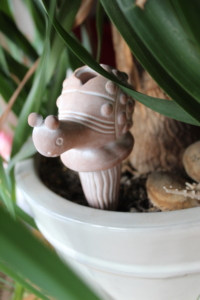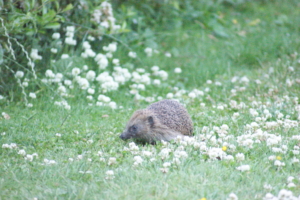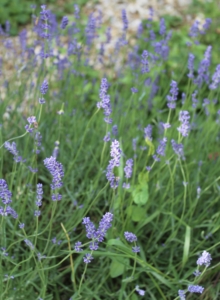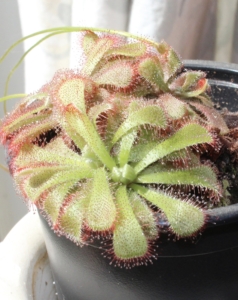Gardening…but a little more eco – pest control

Gardens can help relieve our anxiety, create homes for wildlife and be an extension of our homes. But over the years chemicals became the norm for getting rid of pests. Here we are looking at a few ways to protect your favourite plants while protecting nature as well.

Plant Care
A healthy plant, like a healthy human, will fight off pests and disease better. Therefore the first point of call is to make sure your plants are as healthy as possible. To do this make sure they are planted in the right space (with the right light, moisture levels and soil type.) Make sure the are watered when necessary. You can use our terracotta water spikes to help with this.
And if there are any problems move the plants away from others they may infect, and make sure you keep your garden equipment disinfected. Also make sure any diseased plants or cuttings from diseased plants are disposed of properly.
More plants !
One fantastic way to protect your plants from some pest…buy more plants! Carnivorous plants are a great way to limit pests, including flies and mosquitos, without harming the environment. Indoor carnivorous plants such as Drosera are great ways to rid the house of mosquitos and soil gnats or fruit flies. Drosera are quite simple to keep, though they do need to remain moist at all times to make sure they are sticky enough to catch the pesky pests (rain water only). And they do need special soil when they are repotted. Drosera are indoor plants, but you can put them out during the day in summer to ensure they have enough food. There are outdoor carnivorous plants too, check out https://www.hantsflytrap.com/ – Hampshire Carnivorous Plants (where our Drosera are from).

Hedgehog in clover
Bring in the animals
Predators of pests is another great way to get rid of pests, the best one depends which pest you have. But the RHS now suggests leaving at least some green fly on plants (as long as they aren’t over run) to encourage ladybirds – these lovely creatures turn up slightly later than the greenfly but will munch their way through them. Greenfly are also a great food source for other animals like spiders and birds. You can also encourage animals like hedgehogs in, by giving them safe spaces to hide or sleep, and making sure there are gaps in your boundaries so they can get in and out of your garden, you can also feed them when there is less food around for them. They will eat slugs and other pests in return.
Pets can be good pest control too, chickens and ducks will eat most pests including greenfly, slugs and ticks. But they are not fussy, so they will eat anything that stands still long enough, and that can include plants, so seedlings and favourites do need protecting (mine ate half my Sea holly this year!)
Nematodes are also great for inside or outside plant protection, you just need to make sure you get the right nematodes for the right job.
Barriers
Barriers for pests can include copper and wool for slugs, netting for rabbits. There is mixed reviews on these but any is worth a try. Also moving any disease or pest ridden plant away from others to protect your other plants is very important.

Companion Planting
Companion planting is just what it sounds like. Planting friends for your plants – another chance for more plant purchasing. The aim is to grow plants pests hate next to the plant that you are trying to protect. Examples including planting garlic plants in between rows on the vegetable patch. Many pests are put off by the scent of garlic so will avoid the area, thereby protecting your plants naturally.
Or growing plants that pest predators love next to your favourite plants – for example hoverflies love fennel flowers (they are pretty flowers too) and they also eat pests like greenfly. So if you let fennel plants flower you are encouraging natural pest control.
Instagram – @la.juniper Twitter – @homeofjuniper Pinterest – @lajuniper1 Facebook – @lajuniper
#fillyourhomewithflowers #homeofjuniper


